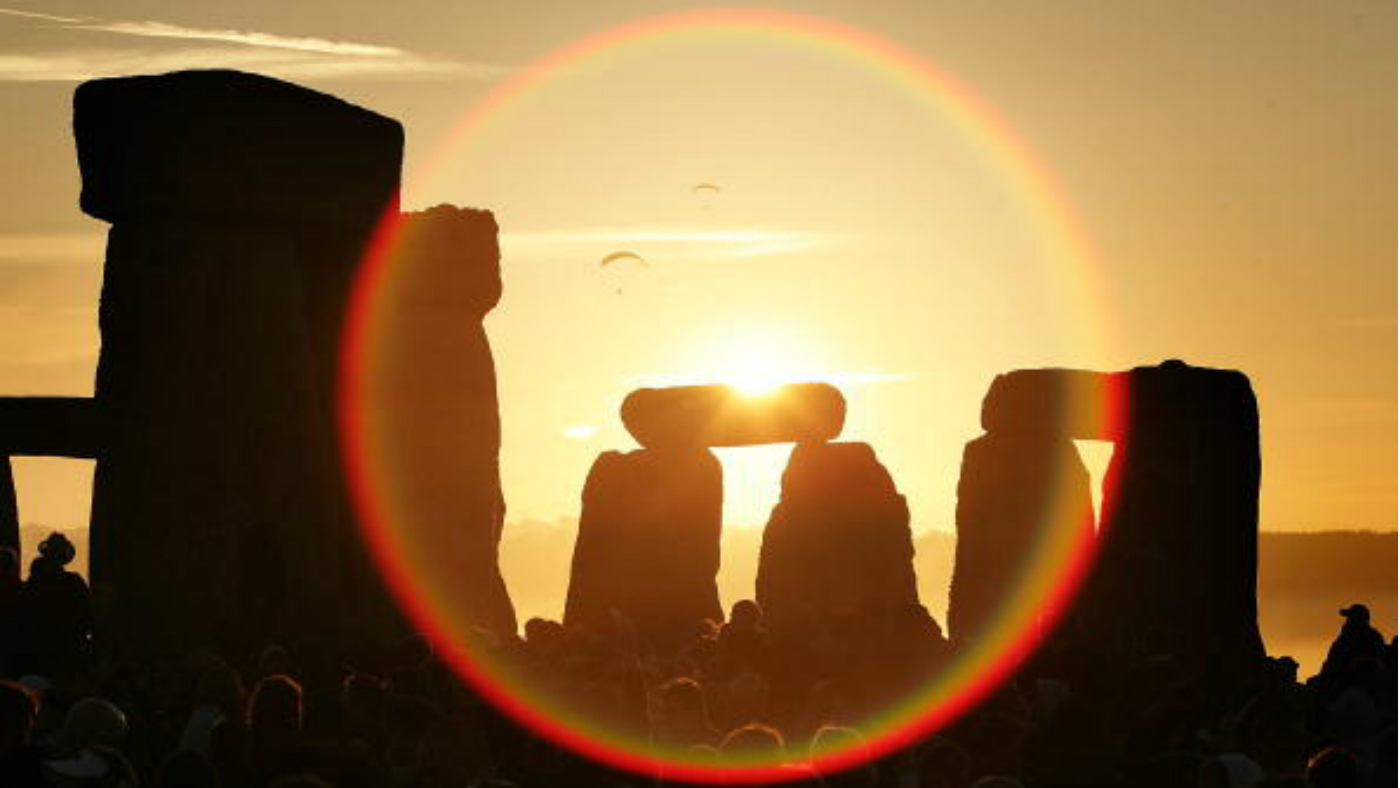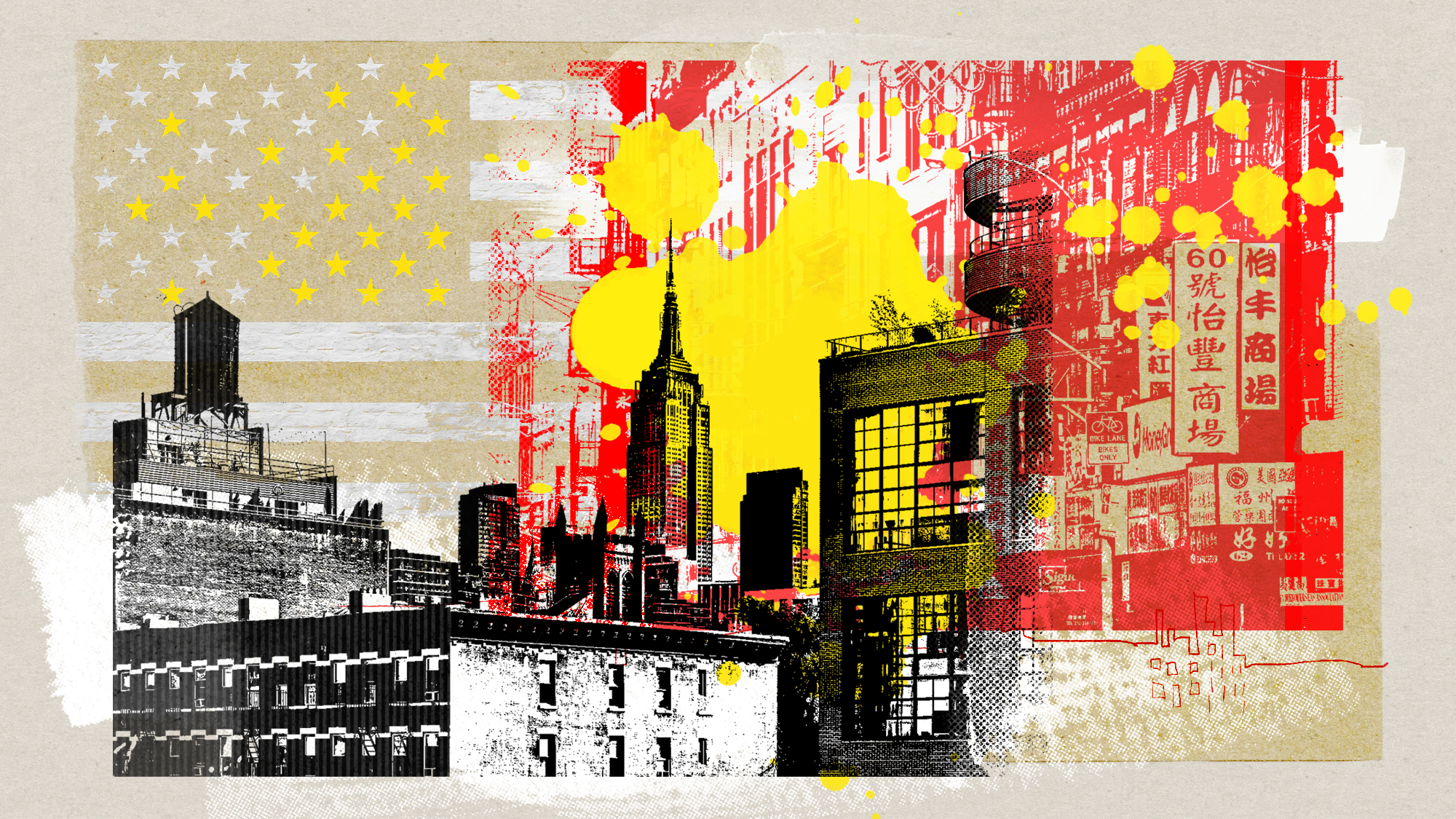What is the spring equinox?
As the UK wakes up from its winter hibernation we can look forward to a magical sight in our skies tonight

The first supermoon of the spring equinox in 19 years will appear in our skies in a few hours’ time, an event that won’t take place again until 2030.
A supermoon is when the Moon is at its closest possible point to Earth. Because the Moon’s orbit is egg-shaped and its size varies each lunar cycle, a full moon at this position is a spectacular sight.
National Geographic reports that tonight’s supermoon will be especially close to Earth. This will cause the lunar disk to appear 14% larger and 12% brighter than usual.
The Week
Escape your echo chamber. Get the facts behind the news, plus analysis from multiple perspectives.

Sign up for The Week's Free Newsletters
From our morning news briefing to a weekly Good News Newsletter, get the best of The Week delivered directly to your inbox.
From our morning news briefing to a weekly Good News Newsletter, get the best of The Week delivered directly to your inbox.
What is the spring equinox?
It’s the instant of time when the sun crosses over the Earth’s equator. Astronomically the spring equinox marks one of the four major turning points in the Earth’s cycle. As the Earth is tilted on an axis, for most of the year either the north or south hemisphere have longer days, due to one or other being closer to the Sun.
This is not the case in the September and March equinoxes when both poles of the planet are equidistant from the Sun. Hence the March equinox marks the start of spring in the Northern Hemisphere and autumn in the Southern.
How did it get its name?
A free daily email with the biggest news stories of the day – and the best features from TheWeek.com
From a Latin word meaning “equal light”. The term refers to the phenomenon of the Sun passing over the celestial equator, resulting in an equal length day and night for both north and south.
Where does our fascination with it come from?
Originally it was all about survival. In ancient cultures understanding the sun’s changing path was an essential part of human survival. It’s therefore not surprising that cultures around the world often built structures designed to capture the light of the equinoxes and solstices, and used them to mark their calendars.
The spring equinox has long been celebrated as a time of rebirth and abundance. For the Mayans, for example, this meant a sacrificial ritual to the snake deity Kukulkan at the main pyramid in Chichen Itza in Mexico’s Yucatan Peninsula.
Meanwhile, Stonehenge, Ireland’s Grianan of Aileach, Angkor Wat in Cambodia, and Mnajdra in Malta are all designed to be hit by the Sun during the equinox.
How is it celebrated today?
In a number of different ways. In Iran, for example, the equinox takes place during the festival of No Ruz which means “new day” and celebrates a time of hope and rebirth. The Iranian new year also begins on the day of the equinox.
The ancient Hindu festival Holi, which is mainly celebrated in India and Nepal, is an annual event that takes place as the equinox approaches. Also known as the festival of colours, it represents the victory of good over evil. Festival-goers celebrate by throwing brightly coloured powders at one another.
Back in the UK, hundreds of people travel to Stonehenge every year dressed as pagans in order to walk the grounds and watch the sunrise through the rock structures.
When can you see the supermoon?
After sunset tonight, just as the moon rises.
-
 Femicide: Italy’s newest crime
Femicide: Italy’s newest crimeThe Explainer Landmark law to criminalise murder of a woman as an ‘act of hatred’ or ‘subjugation’ but critics say Italy is still deeply patriarchal
-
 Brazil’s Bolsonaro behind bars after appeals run out
Brazil’s Bolsonaro behind bars after appeals run outSpeed Read He will serve 27 years in prison
-
 Americans traveling abroad face renewed criticism in the Trump era
Americans traveling abroad face renewed criticism in the Trump eraThe Explainer Some of Trump’s behavior has Americans being questioned
-
 Nigeria confused by Trump invasion threat
Nigeria confused by Trump invasion threatSpeed Read Trump has claimed the country is persecuting Christians
-
 Sanae Takaichi: Japan’s Iron Lady set to be the country’s first woman prime minister
Sanae Takaichi: Japan’s Iron Lady set to be the country’s first woman prime ministerIn the Spotlight Takaichi is a member of Japan’s conservative, nationalist Liberal Democratic Party
-
 Russia is ‘helping China’ prepare for an invasion of Taiwan
Russia is ‘helping China’ prepare for an invasion of TaiwanIn the Spotlight Russia is reportedly allowing China access to military training
-
 Interpol arrests hundreds in Africa-wide sextortion crackdown
Interpol arrests hundreds in Africa-wide sextortion crackdownIN THE SPOTLIGHT A series of stings disrupts major cybercrime operations as law enforcement estimates millions in losses from schemes designed to prey on lonely users
-
 China is silently expanding its influence in American cities
China is silently expanding its influence in American citiesUnder the Radar New York City and San Francisco, among others, have reportedly been targeted

